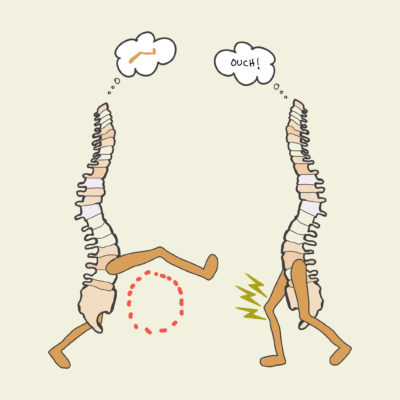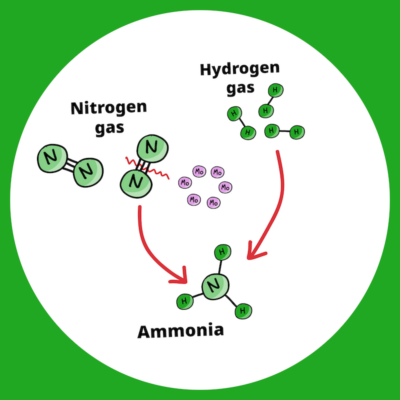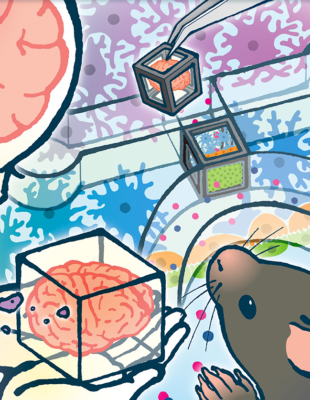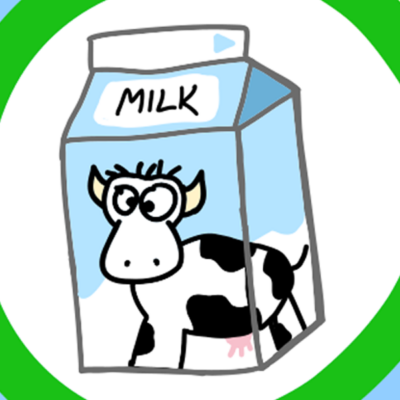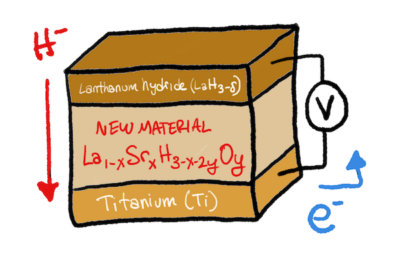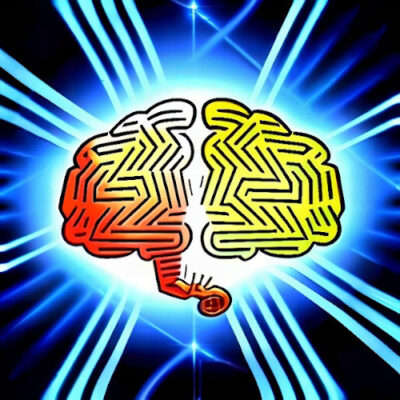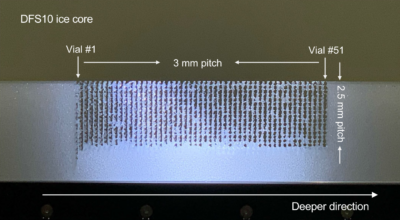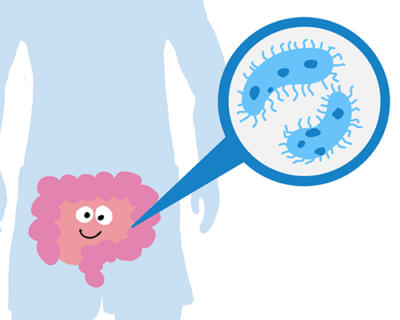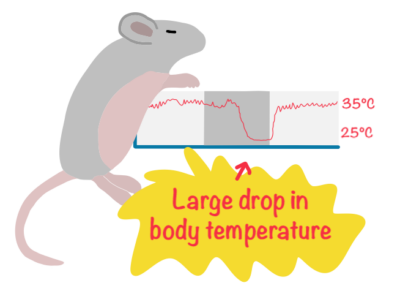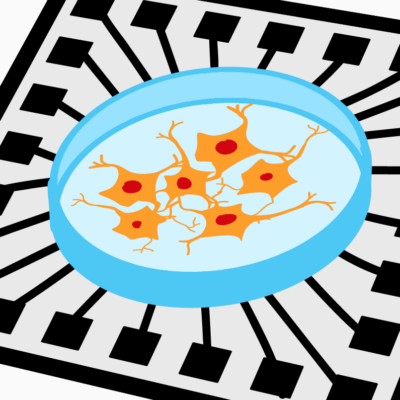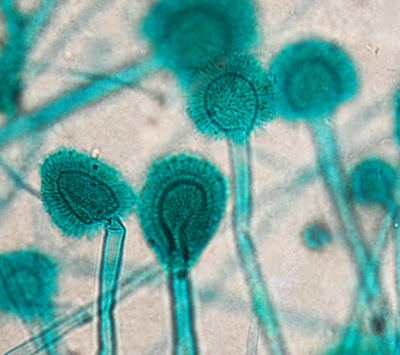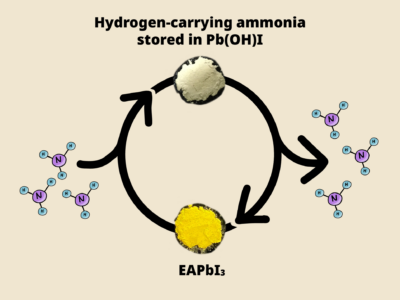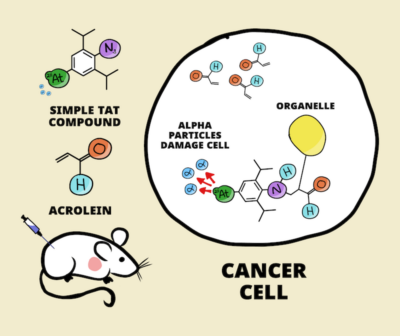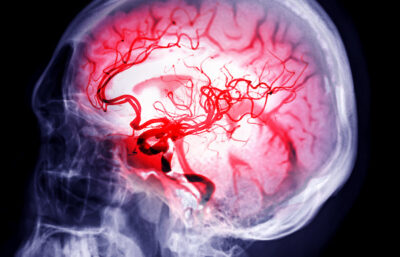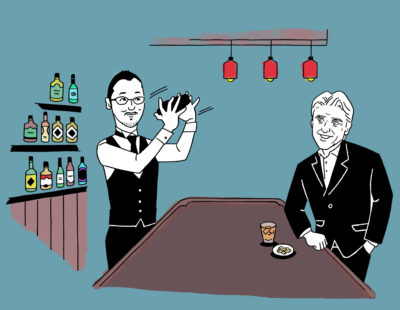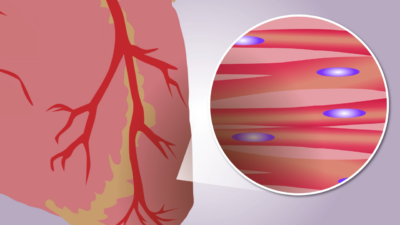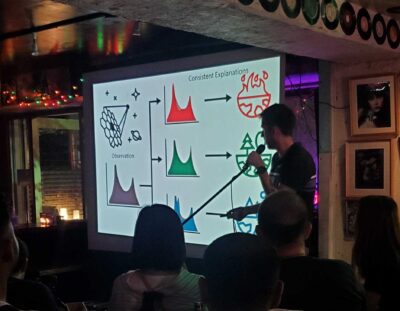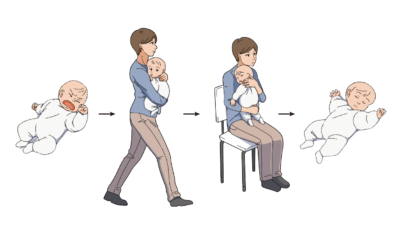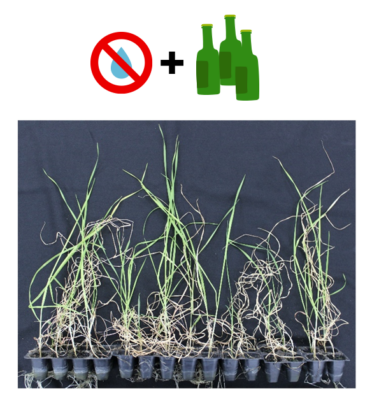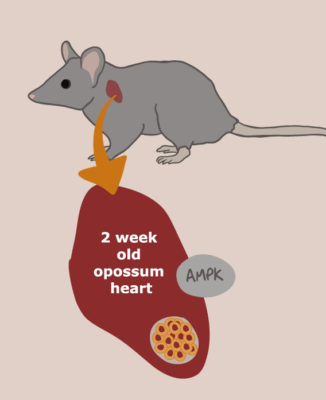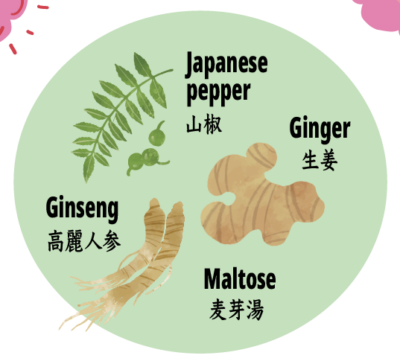Latest research animations
Self-assembly of spider silk
This gut microbe might protect against diabetes and reduce insulin resistance
NEW: One-way hydrogel guides motion of tiny worms!
Latest Posts
Brainless memory makes the spinal cord smarter than previously thought
Eco-friendly ammonia production for fertilizers and alternative fuel
Cubes of brain tissue allow drug discovery without animals
Gut bacteria could help overcome milk allergy
Detecting pathogens: the evolution of plant immunity
Genomic “butterfly effect” involving TADs explains risk for autism
Heat used to transform antiskyrmions to skyrmions and back
Real webshooters? Synthetic spider silk spun from artificial gland
Omics Omics Omics: Analysis predicts ovarian cancer-treating drug
First hydride-ion battery that works at room temperature
Plants to the rescue: cleaning up our dirty soil
Stolen genes used for parasitic mind control
Machine learning contributes to better quantum error correction
Laser melting ice-core sampler for studying climate change
Gut bacteria reduces insulin resistance, protects against diabetes
Scary places burned into our minds by constant memory replay
Toward human hibernation: cold-resistant mouse stem cells
A researcher’s journey part 2: emotional memory and being human
Mathematical model predicts self-organized learning in real neurons
Deadly fungi beaten with fatty acid synthase inhibitor
A new and improved way to store hydrogen
A new alpha-particle treatment for multiple cancers
A researcher’s journey: from surfing to studying pain
The first drug treatment for brain aneurysms (in mice)
Simple but revolutionary modular organoids
Thoughts on the genetics of medicinal licorice
Pathogenic genetic variation linked to H. pylori-related stomach cancer
ERRg predicts atrial fibrillation and hidden comorbidity
Memories are made of this ?? – (Part 2)
Replicating opossum heart regeneration to help fight cardiovascular disease
Spacey, nerdy nights in Tokyo
Memories are made of this ? ? – (Part 1)
Hibernation-like state can protect kidneys during heart surgery
Crying baby? Science says walk, then sit
Cyborg cockroaches to the rescue!
Ethanol pretreated soil protects plants from drought
Marsupial heart regeneration ability given to mice
How an herbal medicine protects against inflamed bowels
Robotic AI helps efficient growth of replacement organs
Brainless memory makes the spinal cord smarter than previously thought
Eco-friendly ammonia production for fertilizers and alternative fuel
Cubes of brain tissue allow drug discovery without animals
Gut bacteria could help overcome milk allergy
Detecting pathogens: the evolution of plant immunity
Genomic “butterfly effect” involving TADs explains risk for autism
Heat used to transform antiskyrmions to skyrmions and back
Real webshooters? Synthetic spider silk spun from artificial gland
Omics Omics Omics: Analysis predicts ovarian cancer-treating drug
Apr
24

Brainless memory makes the spinal cord smarter than previously thought
The spinal cord learns how to direct limb muscles to avoid aversive sensations and recalls the memories using separate neural circuitry. Oh, and without a brain! Continue!
Apr
22
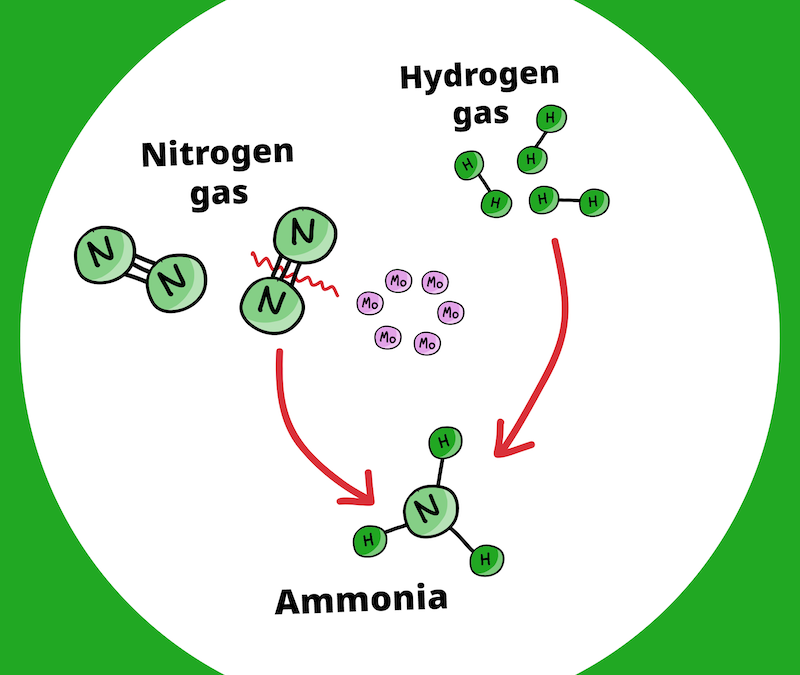
Eco-friendly ammonia production for fertilizers and alternative fuel
A new process that allows ammonia to be produced using much less energy than the standard methods. Continue!
Apr
11
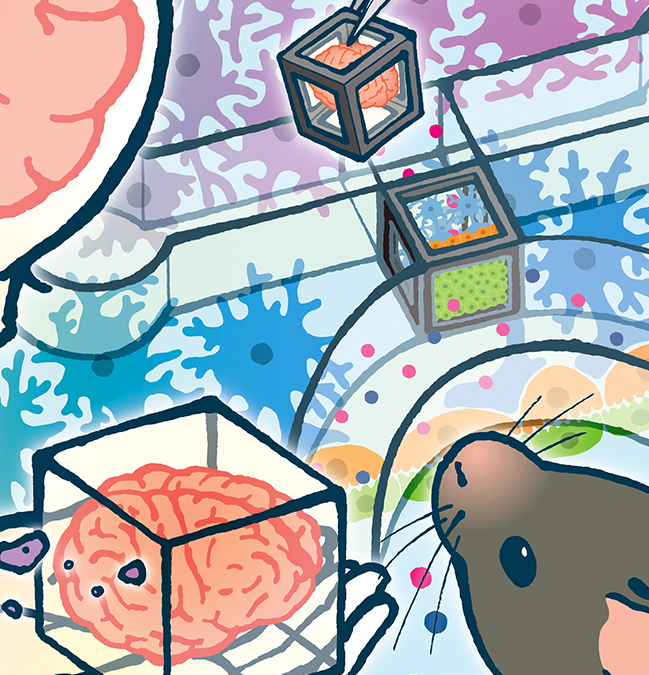
Cubes of brain tissue allow drug discovery without animals
Modeling the blood-brain-barrier with brains-in-a-cube allows drug testing without the need for animals. Continue!
Apr
3
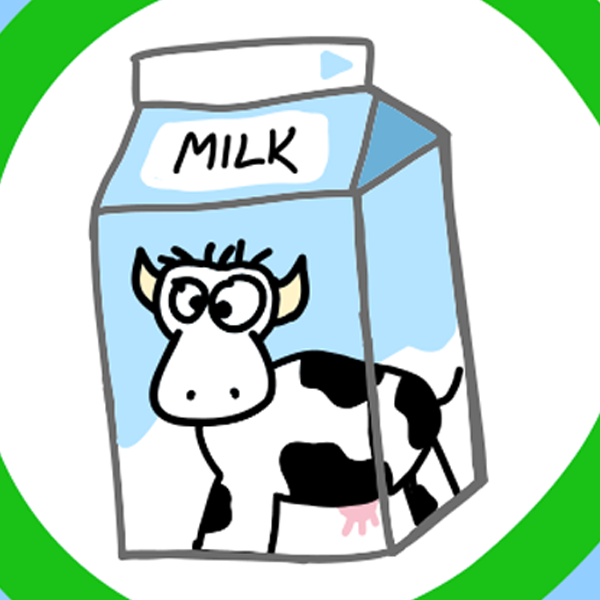
Gut bacteria could help overcome milk allergy
Analysis shows that some gut bacteria could help improve oral immunotherapy against milk allergy. Continue!
Apr
2

Detecting pathogens: the evolution of plant immunity
Scientists find recognition receptors for plant growth and plant immunity that share a common evolutionary origin. Continue!
Mar
21

Genomic “butterfly effect” involving TADs explains risk for autism
De novo mutations in three-dimensional structures in the genome containing known ASD genes were found to be associated with ASD risk. Continue!

